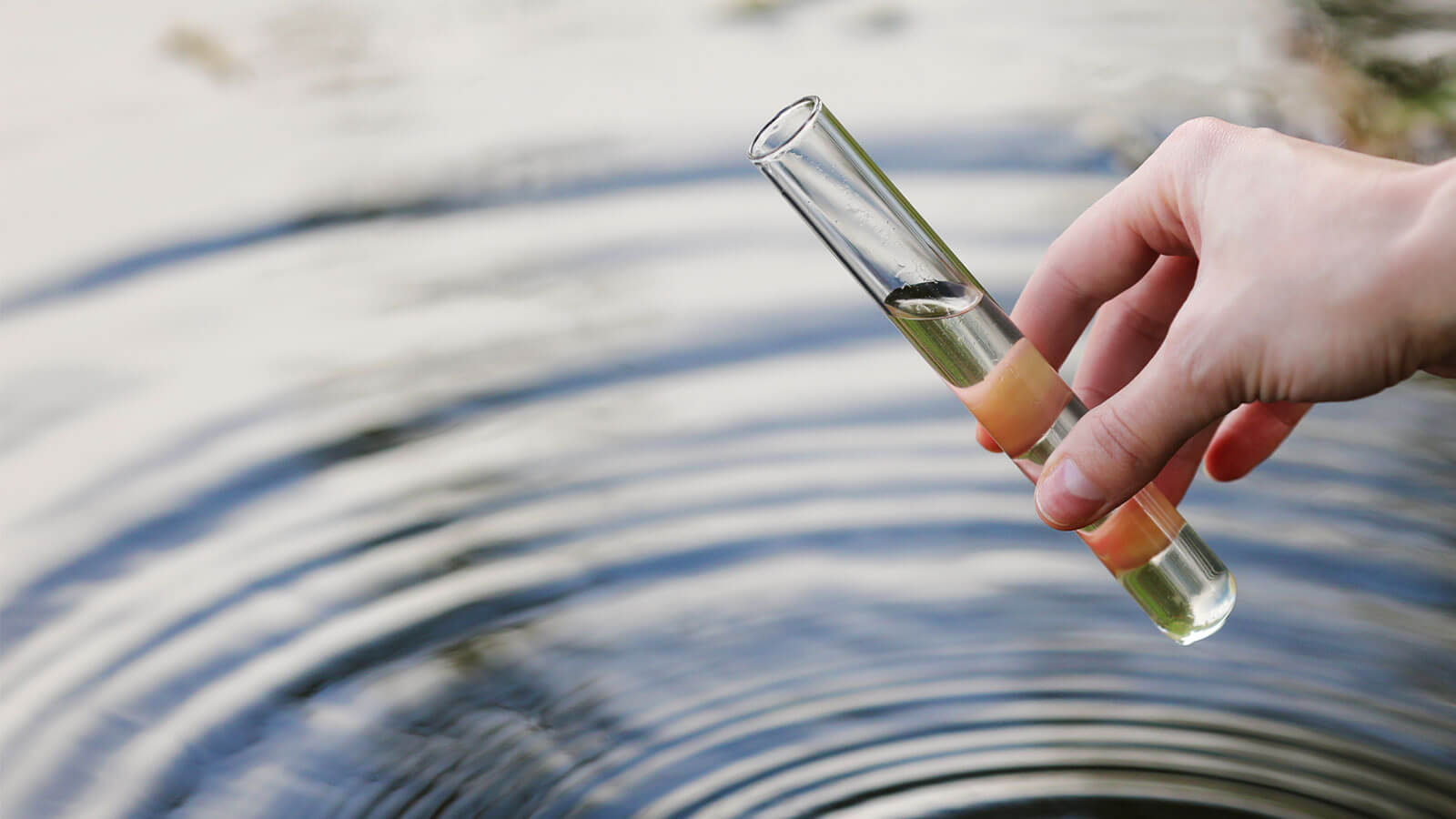Making a measurable difference to water quality
As the age-old saying goes, water is life. This is as valid now as it ever was, which is why we need to continuously monitor its quality and not take this precious natural resource for granted.
In the UK, for example, water quality has increased in recent years. Data from the Drinking Water Inspectorate shows that compliance with strict UK and European standards on drinking water quality stood at 99.96% for England and Wales in July 2018, with 99.91% for Scotland and 99.88% for Northern Ireland.
The Department for Environment, Food & Rural Affairs (Defra) also pointed towards progress made in improving the standard of UK bathing water quality, noting that 98.3% of bathing waters across the UK meet the minimum standard as of 2019 – up from 28% in the early 90s.
But that doesn’t mean we can let our guard down. Whilst these positive developments are to be applauded, there has been less progress in other areas. Several major water companies have recently been fined tens of millions of pounds for discharging raw sewage into rivers and seas over the course of many years. Amongst other factors, this has led the Environment Agency to conclude that improvements in the UK’s water quality have stagnated.
This is where the importance of constant quality measurement becomes clear. Elemental analysis methods, such as measuring total organic carbon (TOC) and total bound nitrogen (TNb), provide valuable insights for environmental, municipal, industrial, and pharmaceutical water analysis. Furthermore, dissolved nitrates in seawater and fresh water can be measured using a “denitrification” technique. This method allows dual δ15N and δ18O analysis of NO3- from a single water sample, giving a better understanding of the biological pathways responsible for the production of N2O.
TOC and TNb levels in water are a reliable indicator for the presence of decaying natural organic matter, as well as synthetic elements such as pesticides, fertilizers, and industrial chemicals. This provides water suppliers with accurate and useful data, which can translate into direct action to improve water quality. By regularly screening samples for TOC, labs can identify potentially harmful impurities. Nitrogen and phosphorus determination can also be carried out to monitor the impact of agricultural fertilizers on water quality. The TOC content of wastewater influent and effluent is highly dependent on source, region, seasonal variations, weather, and operational conditions. However, most values from effluent vary between 1 and 20 mg L-1, with most of the values in the range of 8 mg L-1. In raw sewage, for example, there are very high levels of TOC.
Modern TOC analyzers, such as the Elementar vario TOC cube or enviro TOC give regulators, suppliers and companies alike the tools to monitor water quality cost-effectively and constantly. Given the need to sustain the momentum of water quality improvement in the UK, these devices can play an important role to overcome the challenges facing the water industry from climate change, biodiversity, population increases and new chemical pollutants.
